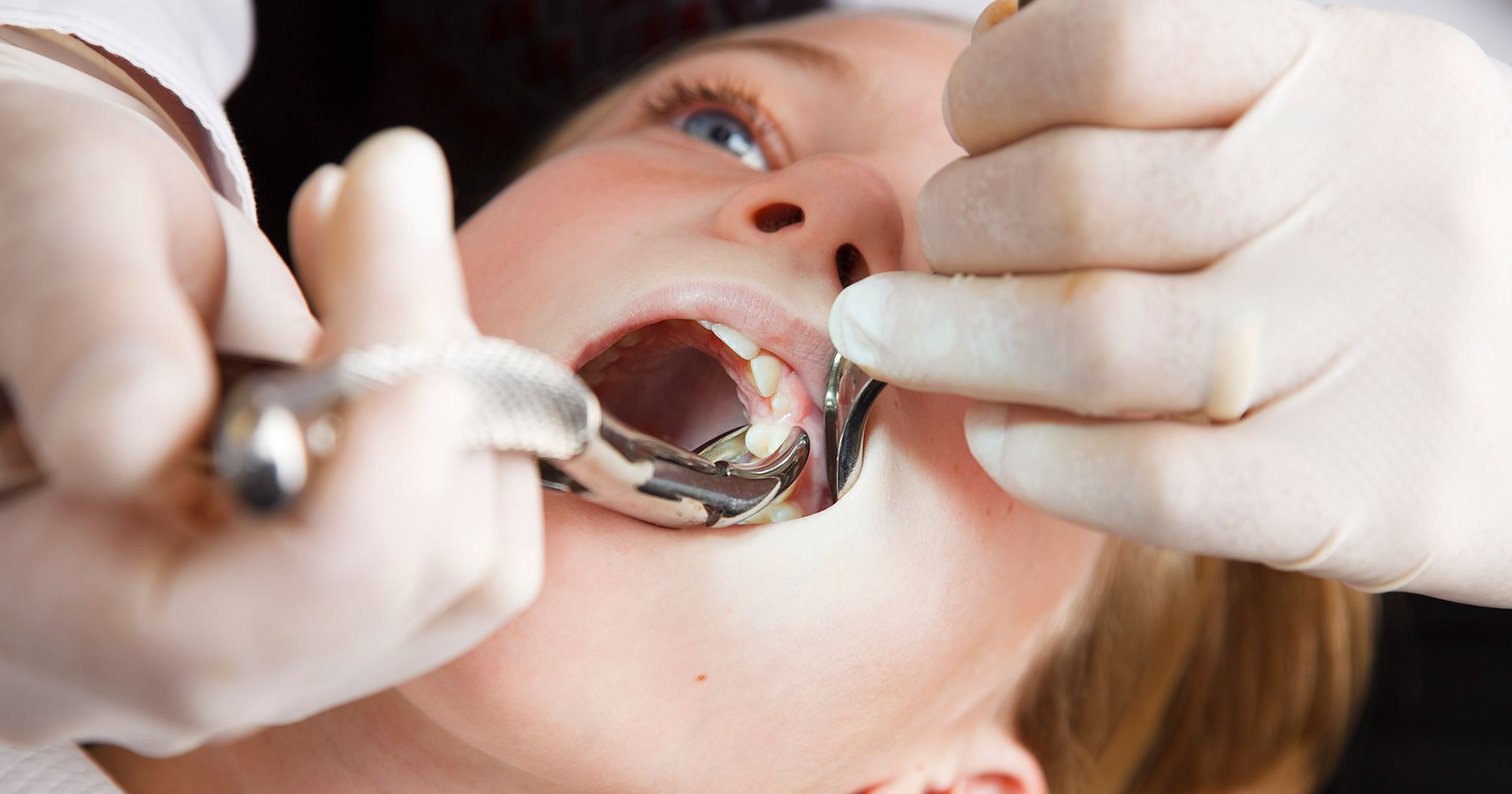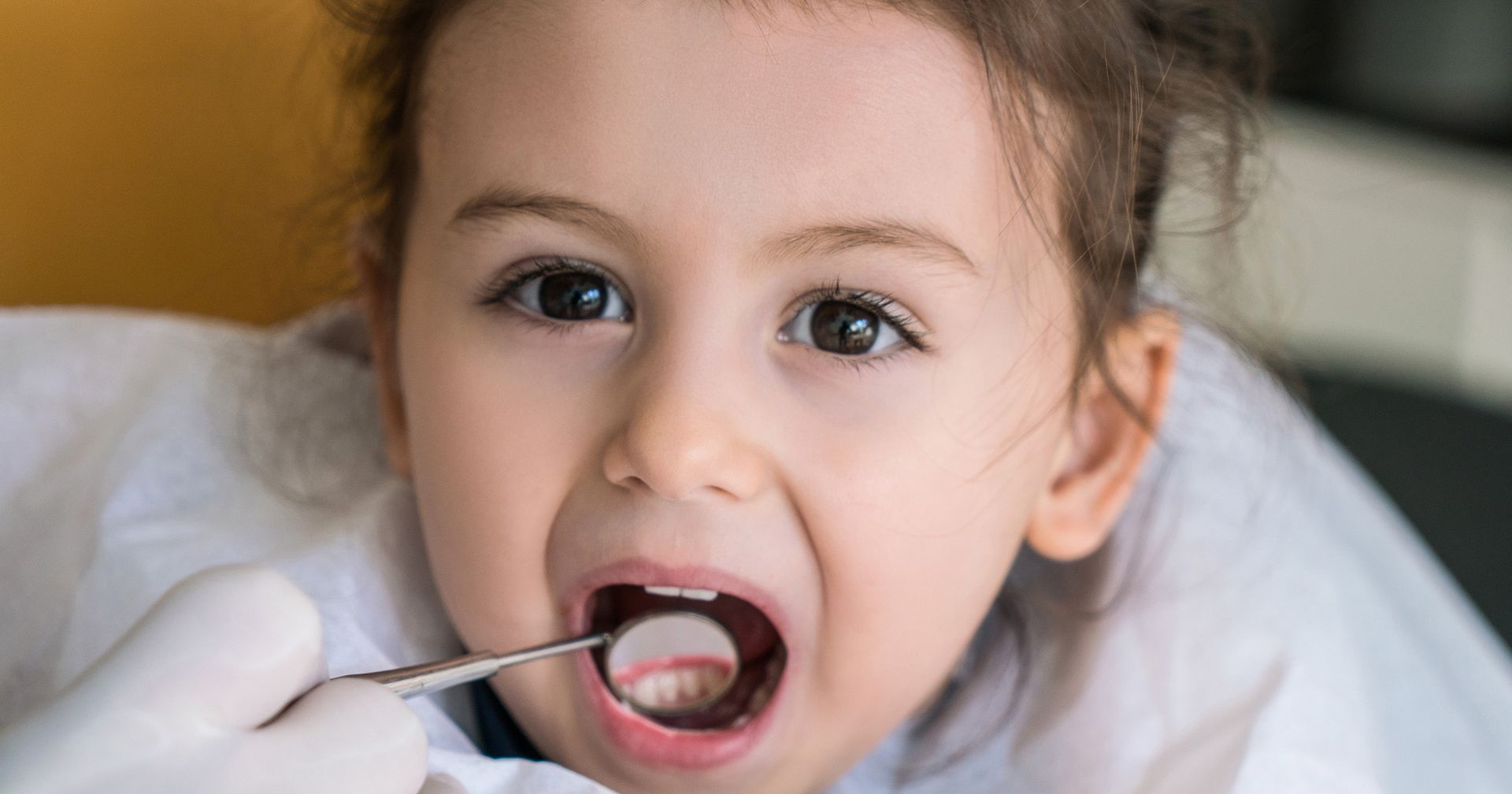Toothaches in Children: Causes, Prevention, and Immediate Care
Find out when to seek urgent care for a toothache and protect your child's smile today. Identify the causes and steps you can take to keep their teeth healthy.
According to the National Institute of Dental and Craniofacial Research, tooth decay affects nearly 46% of children in the US, despite being preventable. Without treatment, cavities can cause more than a toothache; they could compromise your child's overall health. Despite this, not many parents know when to take their child to urgent care for a toothache.
Understanding common kids' toothache causes and toothache prevention tips can benefit your child's oral and overall health. Unsure of how to recognize children's dental emergencies? Read on to learn more!
Kids' Toothache Causes
ccording to The Journal of the American Dental Association, one in four infants and children up to age five has a toothache at some point. About half of all children experience toothaches by the time they reach the ages of six to nine.
Each child may experience different symptoms, though common symptoms of a toothache include:
- Fever
- A sore, tender jaw around the tooth
- Pain that worsens when the tooth is touched
- Pain that worsens when hot or cold foods or fluids are consumed
- Fatigue
- A constant, throbbing pain in the tooth
Consult a pediatric dentist if your child experiences prolonged symptoms.
Tooth Decay
Tooth decay is the destruction of protective tooth enamel, the tooth's outermost layer. Decay can cause cavities (dental caries) or holes in the teeth. When left untreated, the cavity can develop deep within the tooth, causing sensitivity and pain.
Food contains sugars and starches, which can mix with bacteria and saliva to form plaque. Plaque is the clear, tacky film that can stick onto our teeth and gums. When we fail to thoroughly brush and floss our teeth, the bacteria can eat away at tooth enamel.
All children are at risk for tooth decay, but their risk may increase due to:
- Poor oral hygiene
- A diet that's high in starch and sugar
- High levels of bacteria that cause cavities
- Less saliva flow than normal
To check your child for cavities, look for white spots on their teeth. These spots mean the enamel is breaking down. Early cavities appear light brown, which can become brown or black with time.
Your child may need to see an emergency pediatric dentist if the damage is extensive. To reduce your child's risk of tooth decay:
- Ensure they brush their teeth twice a day
- Make sure they floss daily
- Use fluoride toothpaste
- Ensure they eat a balanced diet
- Reduce their intake of sugary foods and beverages
According to the Centers for Disease Control and Prevention, more than one in 10 children ages two to five had at least one untreated cavity in their baby teeth. By age six to eight, this increases to one in five children. Consult your child's dentist for more cavity and toothache prevention tips to protect their oral health.
Gum Infections
Gum disease (gingivitis) is an inflammation of the gums that occurs due to a bacterial infection. Common symptoms include:
- Red, tender, or swollen gums
- Pain when chewing
- Bad breath
- Loose teeth
- Sensitivity
- Gums that bleed when brushing or flossing
- Pus
- Gums that pull away from the teeth
Your child may experience discomfort due to gingivitis. Seek immediate dental carebefore the infection spreads.
Dental Trauma
Rough-housing, falls, or sports-related injuries can damage your child's teeth. Common oral injuries that affect children include:
- Broken teeth
- Dislocated or loose primary teeth
- Knocked-out permanent teeth
- Loose permanent teeth
- Mouth injuries
If your child cracks, fractures, or displaces a tooth, it may cause a toothache. Seek immediate dental care from a local kids' dentist.
Toothache Prevention Tips
T
o avoid children's dental emergencies, encourage your child or teen to implement preventive oral hygiene practices. Here are a few toothache prevention tips you can make part of their routine.
Improve Their Oral Hygiene
Make sure your child brushes their teeth twice a day. Brushing removes bacteria, food particles, and plaque, which can prevent cavities. Make sure they also floss daily.
Talk to your child's pediatric dentist for more at-home oral hygiene tips.
Adjust Their Diet
Eating sugary snacks and beverages may increase your child's risk of tooth decay.Encourage them to drink more water, which can flush away sugar and bacteria. Foods that can promote good oral hygiene include:
- Cheese, milk, and yogurt
- Crunchy vegetables (carrots, celery, etc.)
- Leafy greens (spinach, kale, etc.)
- Strawberries
- Sweet potatoes
- Nuts
- Fatty fish
Consult your child's emergency dentist for more tips.
Schedule Regular Checkups
Schedule an appointment at your child's pediatric dentist every six months. Routine visits ensure early detection before problems can develop. A pediatric dentist can use preventive dentistry practices to help your child maintain good oral health.
When to Seek Urgent Care for a Toothache
When should you seek urgent care for a toothache? Visit an emergency pediatric dentist when your child's toothache is accompanied by:
- Increased pain, swelling, or redness
- Fever
- Difficulty breathing
- Pus
A toothache is only considered a dental emergency when it's extremely severe. Most of the time, a toothache won't threaten your child's oral or overall health.
Before their appointment, you can manage their toothache pain by:
- Flossing their teeth
- Rinsing their mouth
- Applying a cold compromise
- Using over-the-counter pain relievers
Help your child floss around the affected area. Flossing will remove food particles, which may contribute to a toothache. Try to be gentle, especially if their gums are sensitive.
Have your child rinse their mouth using a saltwater solution (half a teaspoon of salt mixed in one cup of water). Encourage them to swish or hold the water in their mouth for 30 seconds. This will promote healing by eliminating bacteria.
If they're still in pain, have your child hold an ice pack against their outer cheek. Make sure they remove it every two to three minutes to avoid additional injuries. To protect their skin, place a cloth between the compress and their cheek.
Recognize Children's Dental Emergencies
To recap, when should you seek urgent care for a toothache? If your child experiences severe symptoms or has a visibly damaged tooth, visit an emergency dentist. Receiving immediate treatment can improve their oral and overall health.
At Dental Studio 4KIDS, we specialize in providing comprehensive pediatric dentistry services tailored to each patient. Trust our compassionate team, comforting environment, and advanced pediatric dentistry techniques for pain-free treatments. Contact us now to schedule your child's next appointment!












